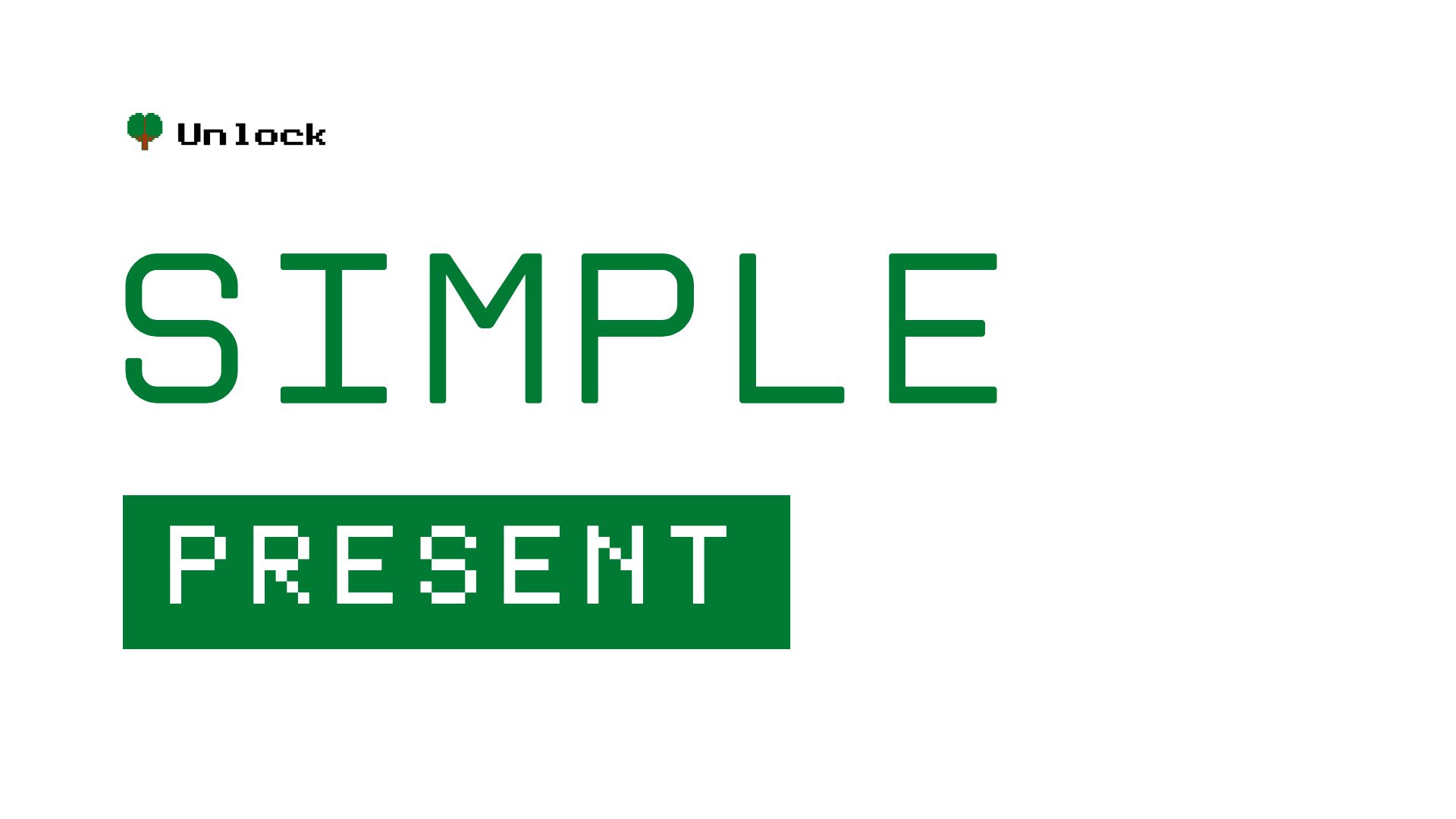April 1, 2025

Simple Present with BE
grammar
3
m
The Present Simple tense with the verb "be" is used to describe states of being that are permanent or general truths. Here's how it works:
When to Use "Be" in the Present Simple
1. Permanent Situations
- To describe permanent or long-term situations.
- Examples:
- I am a student.
- She is a doctor.
- They are from London.
2. General Truths or Facts
- To state facts or things that are always true.
- Examples:
- Water is wet.
- The sky is blue.
- Cats are animals.
3. Characteristics or Descriptions
- To describe someone's personality, appearance, or characteristics.
- Examples:
- He is tall and handsome.
- She is very intelligent.
- They are friendly people.
How to Form Sentences with "Be" in the Present Simple
1. Positive Sentences
- Use the appropriate form of "be" based on the subject:
- I am
- you are
- he/she/it is
- we/they are
- Structure: Subject + Form of "be" + Complement
- Examples:
- I am happy.
- You are a great singer.
- He is a good friend.
- They are very kind.
2. Negative Sentences
- Use "not" after the form of "be":
- I am not
- you are not (you aren’t)
- he/she/it is not (he/she/it isn’t)
- we/they are not (we/they aren’t)
- Structure: Subject + Form of "be" + not + Complement
- Examples:
- I am not tired.
- You aren’t a morning person.
- He isn’t a fan of sports.
- They aren’t from here.
3. Questions
- Use the form of "be" at the beginning of the sentence:
- Am I
- Are you
- Is he/she/it
- Are we/they
- Structure: Form of "be" + Subject + Complement?
- Examples:
- Am I right?
- Are you a student?
- Is she a teacher?
- Are they coming tonight?
Key Points
- Forms of "Be":
- I am
- you are
- he/she/it is
- we/they are
- Contractions:
- I’m (I am)
- you’re (you are)
- he’s/she’s/it’s (he/she/it is)
- we’re/they’re (we/they are)
- Negative Forms:
- I’m not (I am not)
- you’re not (you are not)
- he’s/she’s/it’s not (he/she/it is not)
- we’re/they’re not (we/they are not)
Using "be" in the Present Simple is essential for describing states of being and general truths. If you have more questions or need further clarification, feel free to ask! 😊
.png)






